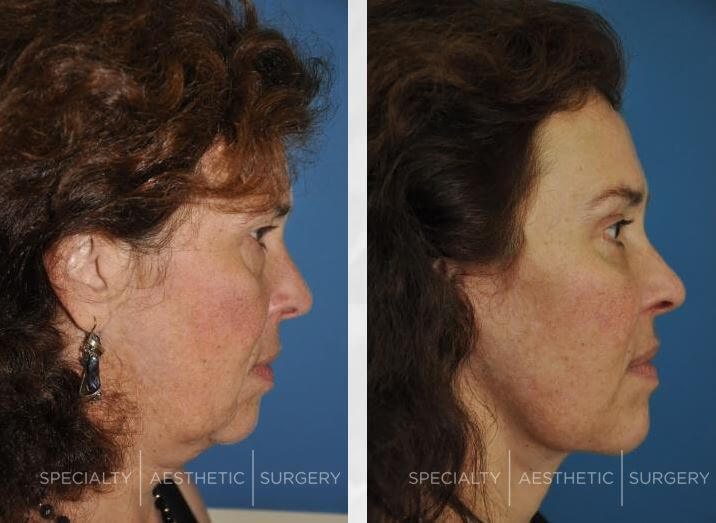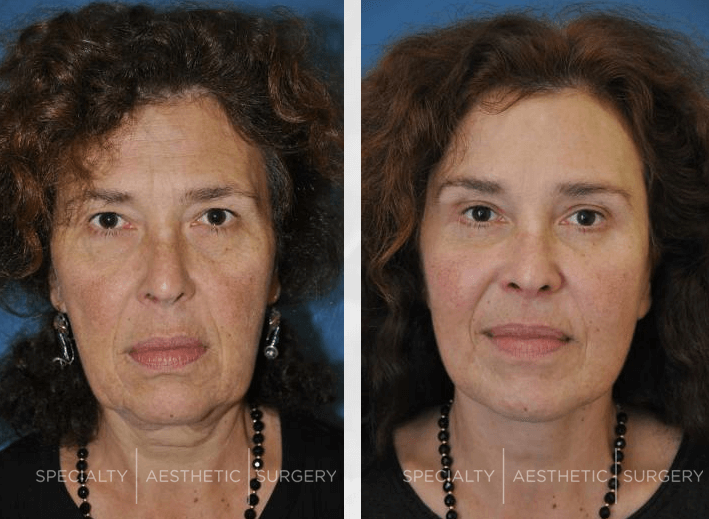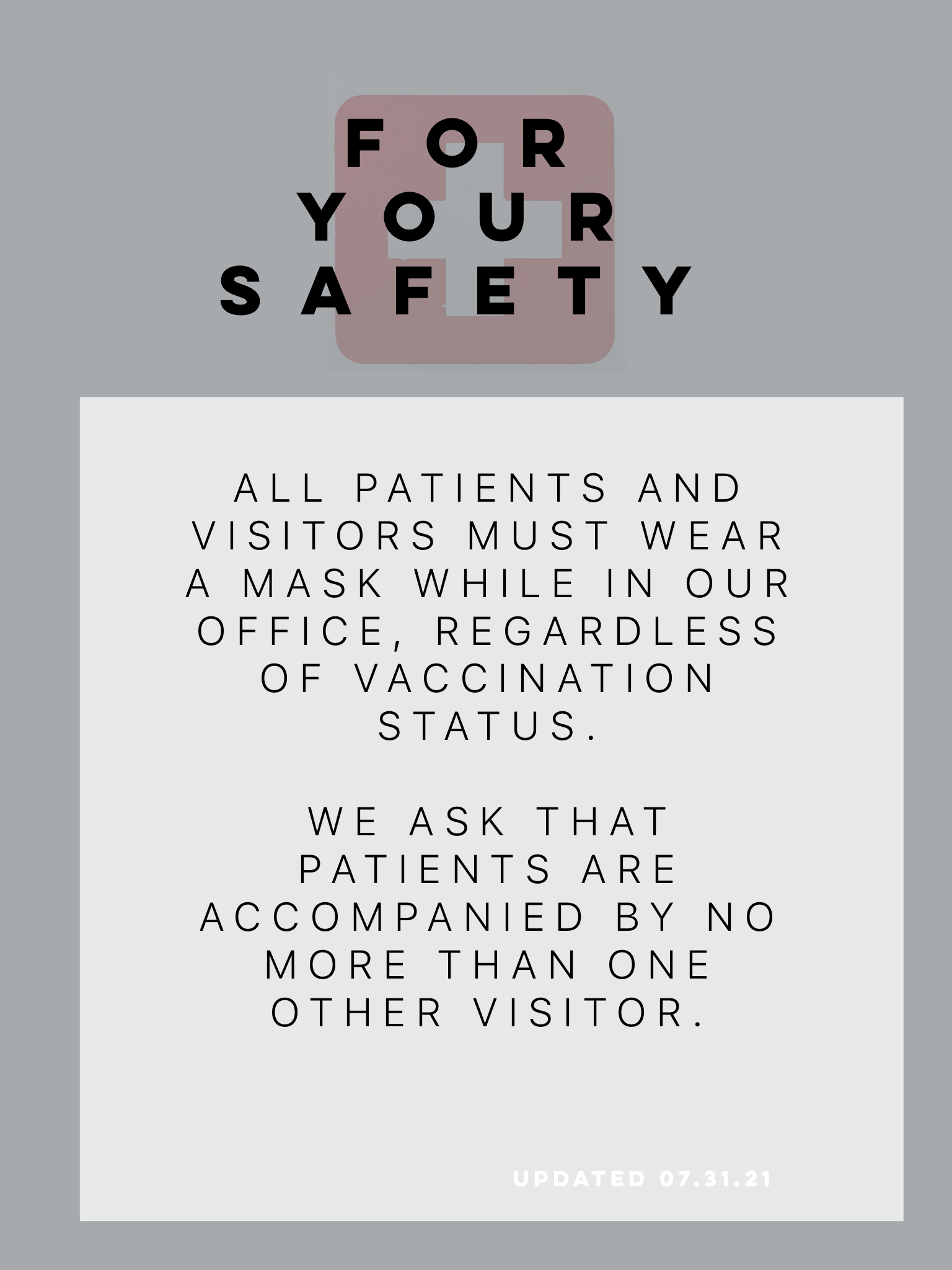Non-invasive treatments can work wonders for younger skin, but more severe signs of aging can only be corrected with surgery. A facelift tightens the skin, smoothes away lines and wrinkles, and gets rid of jowls. Only your surgeon can determine if you will benefit from facelift surgery, but if you have significant skin laxity and sagging, you might be a good candidate.
What is a Facelift?
As you age, your skin loses the collagen and elastin that give it support and resilience. Gravity takes control, and skin begins to sag, causing lines, wrinkles, and creases. A facelift tightens the skin and underlying structures to achieve dramatic but natural-looking results. This surgical procedure leaves almost no visible scars and helps you look youthful and rejuvenated. 94% of people who have the surgery report that it was worth it.













